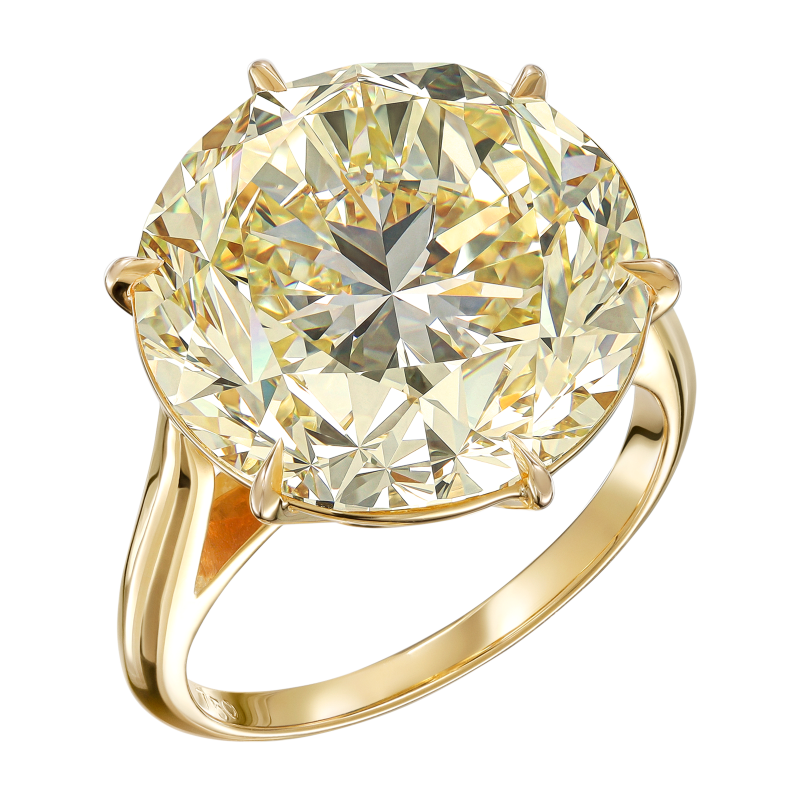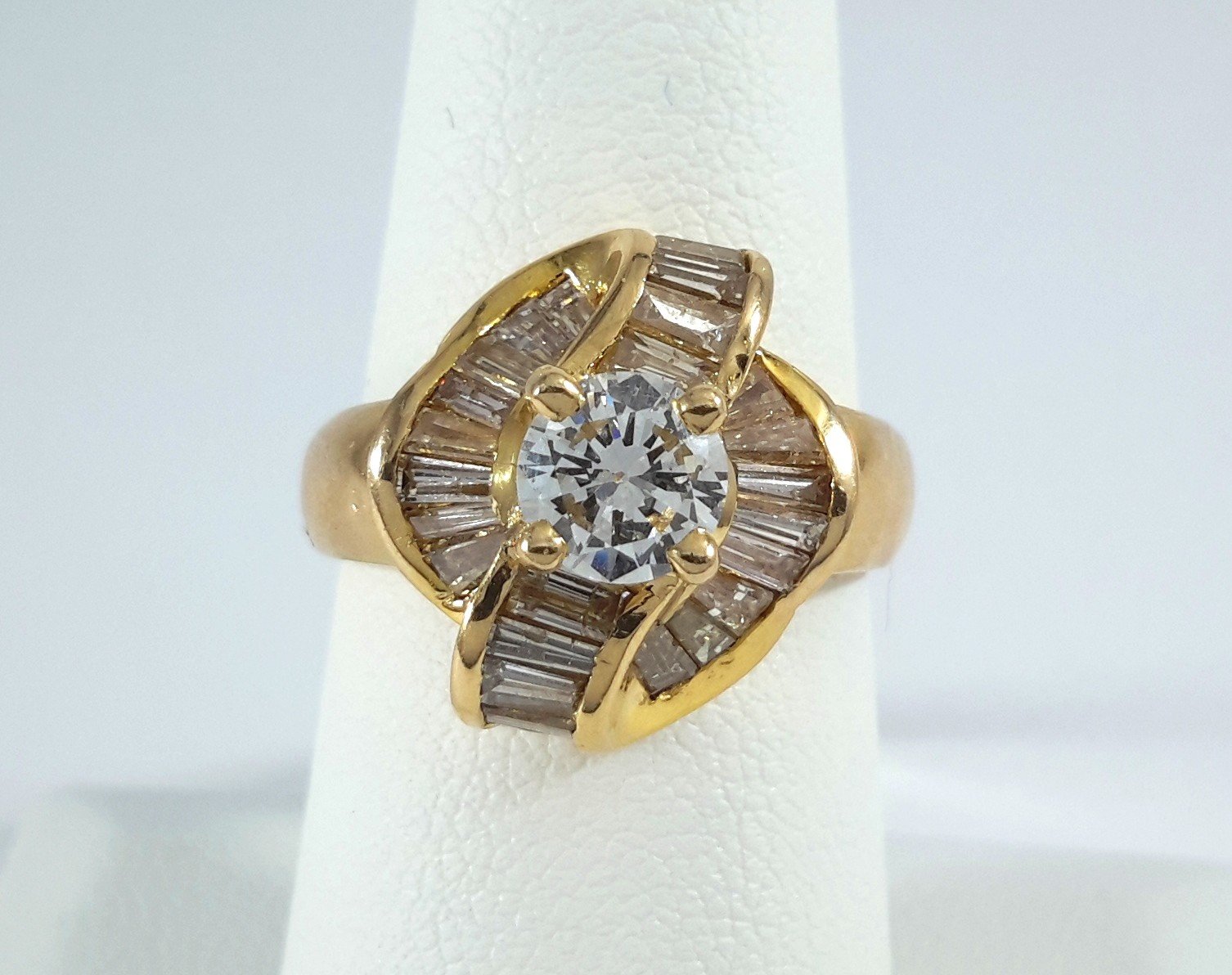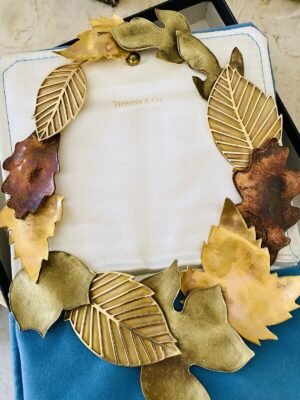Description
| Message Us For More Info! |
|---|
| 0.65ct Round DIAMOND on 14k Yellow GOLD Ring – R9880 |
|---|
| This lovely Yellow Gold ring is set with one brilliant Diamond wrapped around by smaller baguette Diamonds.
Main Stone: Diamond Stone Weight: 0.65ct Secondary Stone: Diamond Secondary Stone Weight: 1.00ct Average diamond color: J Average Clarity: Si2 Metal: Yellow Gold Metal Weight: 6.50 grams Metal Purity: 580 / 14k Ring Size: 6.5 Diamond
Available Shipping Worldwide Uni Lux |
|---|










